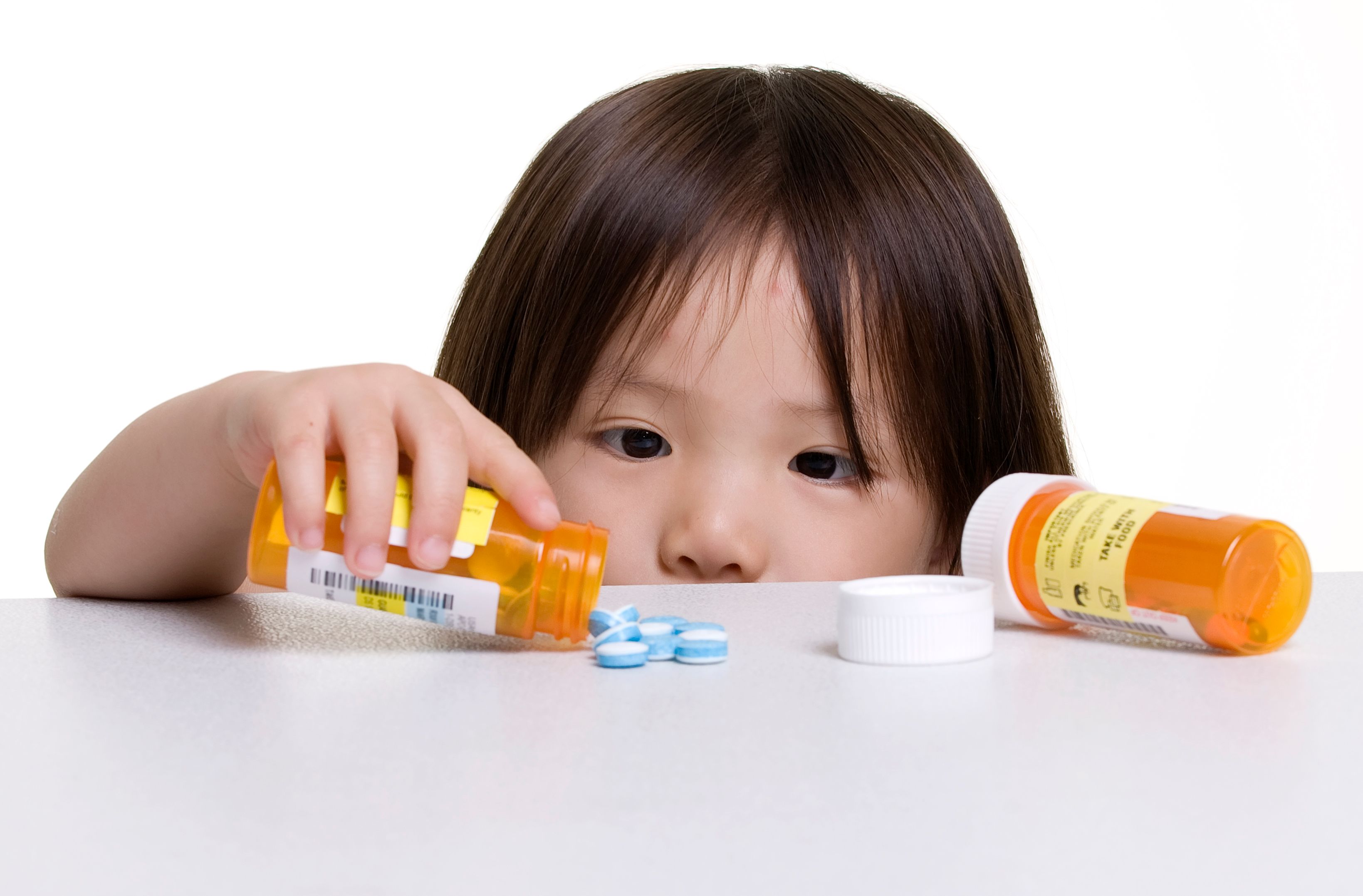My 4-year-old and 2-year-old absolutely love visiting my parents' house—or as I like to call it, "Camp Grandparents." New toys, ice cream, cartoons, and my parents' complete and undivided attention make this place a haven!
Since I was very close to my own grandparents, I love that my kids are so bonded with theirs.
Of course I have no problem with the kids visiting “Camp Grandparents” and even staying for a couple days. But whenever I drop them off, I perform my motherly duties and quickly scan the standard baby proofing items. I make sure my daughter's higher twin bed has a safety rail, plug all the electrical outlets in my son's room, and ask my parents to move kitchen knives to a top drawer.
And I always worry about the large central stairwell and banister, especially since my son is an active, fearless climber!
The stairs shouldn't be my main concern though. One of the places my son likes to explore is my mom's reachable medicine shelf in her bedroom. He loves shaking those prescription and OTC bottles.
I always wondered if my son was unique in trying to find anything that looked like candy. But he's not the only kid who is drawn to medications, especially at their grandparents' house.
According to this Safe Kids Worldwide report, the medicines kids most commonly get into belong to their grandparents. Of the 2014 emergency room visits for unintentional medicine poisoning, 48% were for children who got into their grandparents' medicine versus 38% who got into their parents' medicine.
And even though we have always found my son before he was in any sort of danger, many kids aren't so lucky. Each year, roughly 60,000 young children are seen at the emergency room for medicine poisoning. Put another way, that's four busloads of kids going to the ER each day!
I was surprised to read that a whopping 95% of these visits are because kids get into medicine without anyone looking. With more grandparents living with their grandchildren, or living near them, kids have increasingly more access to medicine. Also, with the elderly population living longer due to medical advances, grandparents are taking more medicine than ever before.
Once I noticed how much my son was drawn to my mom's medicines, I realized I needed to add medicine safety to my baby proofing list.
Here are some helpful tips for keeping your children safe around medicine:
Realize that medicine safety extends beyond your own house. I am vigilant about how we store medicine in our own home but didn't think to carefully consider how other people in my children's lives store medicine. It may seem like a personal choice, but it's a safety matter. If your kids will be spending time in someone else's home, like grandparents, check how safely they store their medicines.
Store medicines up, away and out of sight. Look around and store all prescription and OTC medicines—both for children and adults—high and out of reach and sight. Remember to check all nightstands and counters.
Consider medicines in purses and pillboxes, not just in original bottles. Grandparents may transfer their medicines to a daily pillbox that is easily accessible—and easy to open. They may leave this pillbox in plain sight on a counter, bedside table or bathroom vanity. Or visitors to your home might carry over-the-counter medicines or prescription medicines in their purses. Secure both pillboxes and purses.
Check for all products that could cause harm. Even if you don't consider them medicines, products like diaper ointment and other creams, vapor rubs, vitamins, allergy medicines and eye drops should also be stored up and away.
Save the Poison Control phone number in your phone and post it in a visible place. If you ever find your child got into medicines, call the Poison Help line at 1-800-222-1222. Experts are available 24 hours a day.
For more information about preventing medicine misuse in the home, visit ConsumerMedSafety.org and the Scholastic Over-the-Counter Medicine Safety website.
Support for the development of this material was provided by McNeil Consumer Healthcare.


